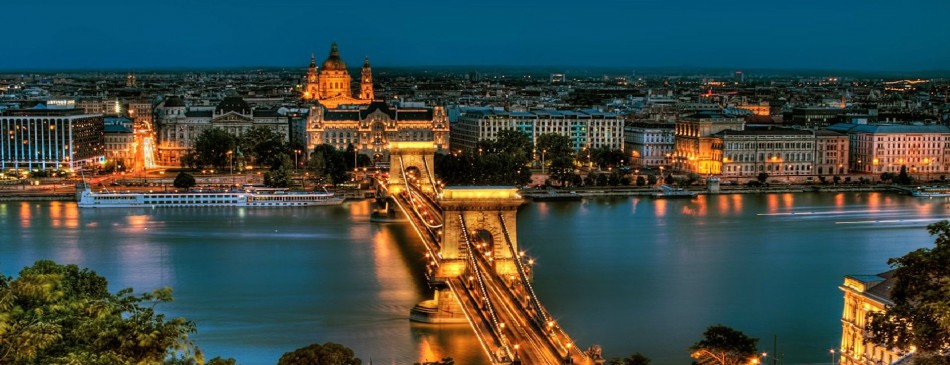
Travel tips
Budapest, HUNGARY
The history of Budapest began with Aquincum, originally a Celtic settlement that became the Roman capital of Pannonia Inferior.
Hungarians arrived in the territory in the 9th century. Their first settlement was pillaged by the Mongols in 1241. The re-established town became one of the centres of Renaissance humanist culture in the 15th century. Following the Battle of Mohács and nearly 150 years of Ottoman rule, the region entered a new age of prosperity in the 18th and 19th centuries, and Budapest became a global city after its unification in 1873. It also became the second capital of the Austro-Hungarian Empire.
Cited as one of the most beautiful cities in Europe, Budapest's extensive World Heritage Site includes the banks of the Danube, the Buda Castle Quarter, Andrássy Avenue, Heroes' Square and the Millennium Underground Railway, the second-oldest metro line in the world. It has around 80 geothermal springs, the world's largest thermal water cave system and third largest Parliament building. The city attracts about 4.3 million tourists a year, Budapest is one of the most popular city in the world, and in Europe as well.
Explore Hungary's capital by bus, boat and on foot. See top attractions like the Buda Castle, Matthias Church, Fishermen's Bastion, Chain Bridge, Andrassy Avenue, Heroes Square and more. Take a romantic Danube River cruise and admire the sights of Buda and Pest. Spend the evening in pubs full of life and enjoying a traditional dinner, admire the impressive cityscape of Budapest. There's plenty more to see on a day trip on places like Szentendre, the Puszta, the Godollo Palace and the Danube Bend.